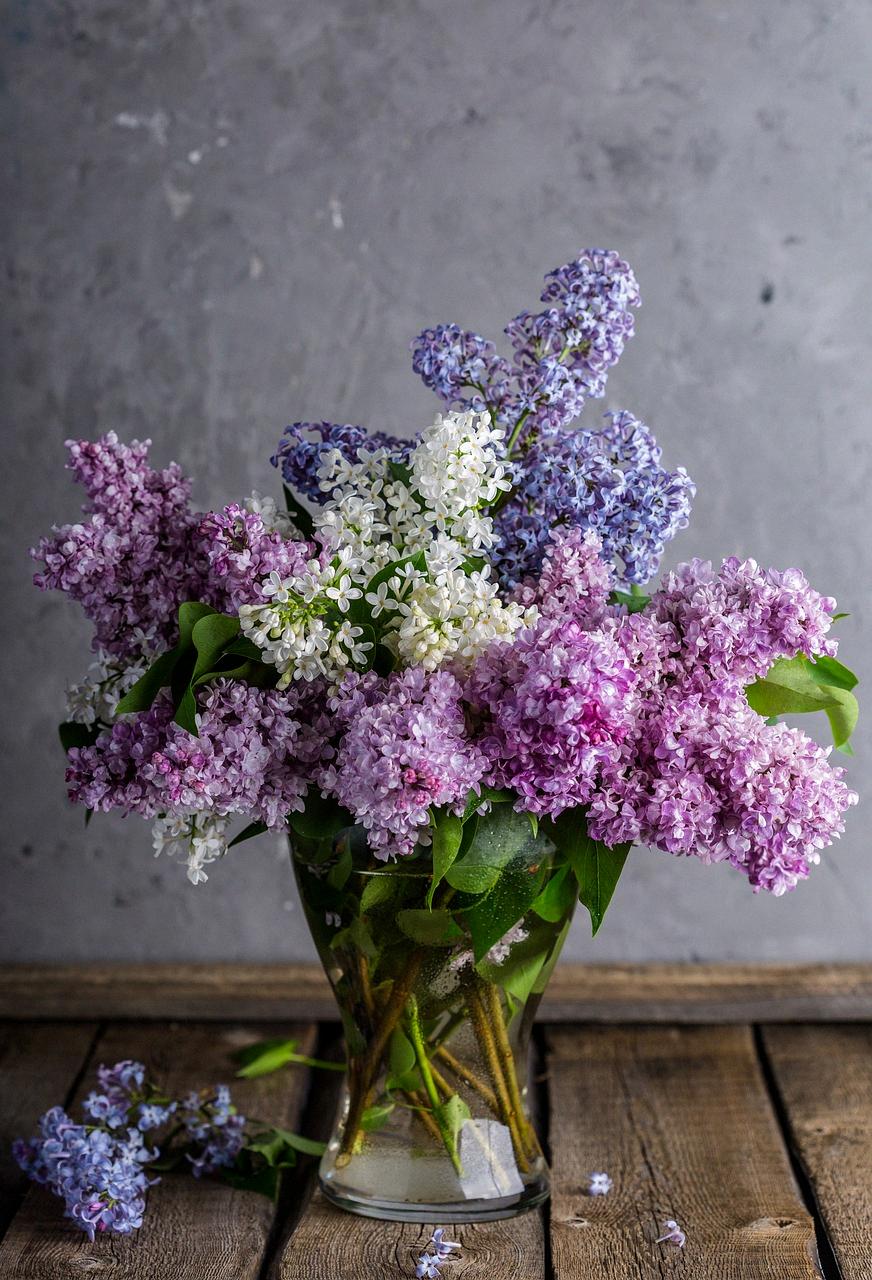Lilacs, known for their vibrant and aromatic blooms, are not only beloved by garden enthusiasts but also attract a variety of pollinators, including the mesmerizing hummingbirds. In this article, we will dive into the world of Lilacs and explore the fascinating relationship between these fragrant flowers and the tiny, iridescent hummingbirds.
Overview of Lilacs
There are numerous types of Lilac shrubs and even some Lilac trees, but one of the most popular varieties among gardeners is the Miss Kim dwarf Lilac. These plants boast clusters of flowers that are not only aesthetically pleasing but also serve as a delectable treat for hummingbirds.
Importance of Attracting Hummingbirds
Hummingbirds are essential pollinators that play a crucial role in maintaining biodiversity and ecosystem health. By attracting hummingbirds to your garden, you can help support these tiny yet mighty creatures while enjoying their delightful presence.
Lilacs as Hummingbird Favorites
The characteristics of Lilacs, such as their clustered flowers and sweet fragrance, make them irresistible to hummingbirds. These tiny birds are known for their love of nectar-rich blooms, and Lilacs provide a bountiful source of nectar that keeps them coming back for more.
But why exactly do hummingbirds like Lilacs? The answer lies in the high sugar content of Lilac flowers, which provides the energy boost that hummingbirds need to sustain their rapid metabolism. Additionally, the tubular shape of Lilac blooms is perfectly suited for hummingbirds’ long, slender bills, allowing them to easily access the nectar within.
Moreover, the benefits of Lilacs for hummingbirds go beyond just nourishment. These flowers also provide valuable shelter and nesting sites for hummingbird families, making them an essential component of a hummingbird-friendly habitat.
Planting Lilacs to Attract Hummingbirds
When it comes to planting Lilacs to attract hummingbirds, location is key. Choose a sunny spot in your garden with well-drained soil to ensure optimal growth and bloom production. Remember to provide adequate spacing between plants to allow for proper air circulation and prevent overcrowding.
For those looking to grow Lilacs successfully, here are some tips to keep in mind: ensure regular watering, especially during hot summer months, fertilize periodically to promote healthy growth, and prune accordingly to maintain shape and encourage blooming.
Creating a hummingbird-friendly garden with Lilacs involves incorporating other nectar-rich plants and providing water sources such as birdbaths or small fountains to attract and sustain these delightful feathered visitors.
Observing Hummingbirds on Lilacs
Witnessing hummingbirds feeding on Lilacs is a truly magical experience. Observe their agile movements as they flit from flower to flower, sipping nectar with remarkable precision. The best times to spot hummingbirds on Lilacs are during the early morning and late afternoon when they are most active and seeking sustenance.
Consider keeping a journal to record hummingbird activity in your garden. Note the frequency of visits, the types of behaviors exhibited, and any other interesting observations to help track their presence and monitor the effectiveness of your hummingbird-friendly garden.
Conclusion
In conclusion, Lilacs are not just a feast for the eyes and the nose but also a vital resource for hummingbirds. By planting Lilacs in your garden, you can attract these delightful pollinators, support their well-being, and enjoy the beauty and wonder they bring to your outdoor space.
So, the next time you marvel at a Lilac in full bloom, remember that it’s not just humans who appreciate their splendor—hummingbirds like Lilacs just as much, if not more!

